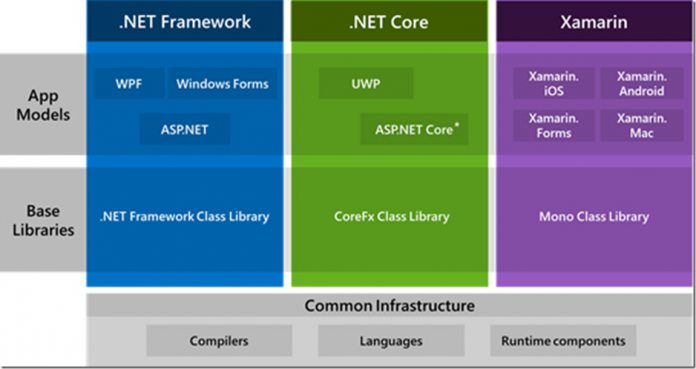With the introduction of Windows 10 October 2018 Update, .NET Framework releases will be sent out through cumulative updates. This means any fixes for the platform will be similar to Microsoft’s monthly Windows 10 security updates. Microsoft says the new system will provide more stability to .NET installs and allow the company to respond sooner to demands:
Provide more flexibility for installing .NET Framework updates (for example, IT Admins can more selectively test line of business applications before broadly deploying). Ability to respond to critical customer needs, when needed, with higher velocity, with standalone .NET Framework patches.
Each Cumulative Update for .NET Framework will be set aside from Windows Cumulative Update. Microsoft says the three characteristics are found in each release:
Independent – Released separately from the Windows Cumulative Update Cumulative – The latest patch will fully update all .NET Framework versions on your system Same cadence – The Cumulative Update for .NET Framework will be released on the same cadence as Windows 10.
Windows Update
Users bringing in this Cumulative Update on Windows Update will not need to do anything if automatic updates are on. When the update is installed users will be asked to reboot the machine. Manual users of Windows Update will see the new .NET Framework Cumulative Update packaged alongside (but independently) Windows 10 cumulative. Microsoft also explains how .NET Framework updates will be delivered:
Windows 10 October 2018 Update (version 1809) – One Cumulative Update for .NET Framework, alongside the Windows Cumulative Update. Windows 10 April 2018 (version 1803) and earlier versions of Windows 10 – One Windows Cumulative Update (which includes .NET Framework updates), per Windows version. Windows 7 and 8.1 – Multiple .NET Framework updates, per Windows version.




